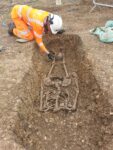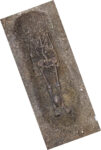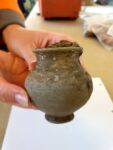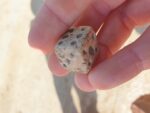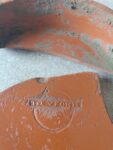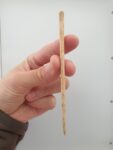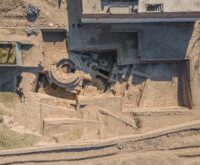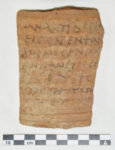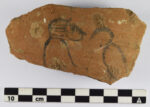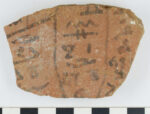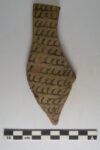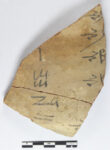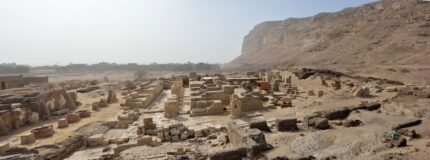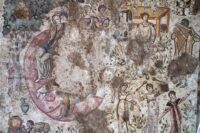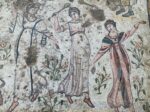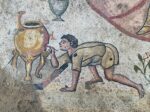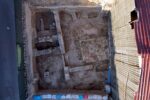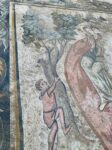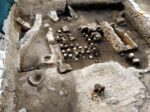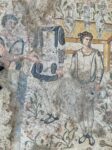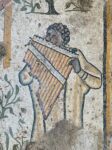The latest episode of the British Museum’s excellent YouTube series Curator’s Corner looks at the museum’s use of a high-resolution CT scanner to study the mummies in its collection. There are still many things we don’t know about Egyptian mummification processes because almost no written material about it has survived (only three papyri are known), and because even modern non-destructive methods of analysis like X-rays and CT scans have been deployed on a small number of examples.
To expand the available data of mummification, the museum has undertaken a comprehensive re-examination of its mummies from the Old, Middle and New Kingdoms through the Roman period, spanning the millennia from 2000 B.C. to 300 A.D., discovered at different sites in Egypt. The scanner they are using is leaps and bounds ahead of scans taken just 10 years ago, capable of capturing extremely thin elements — surviving skin, hair, textiles — as well as the dense elements like bone.
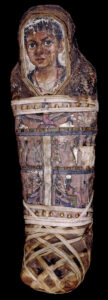 The episode illustrates the British Museum’s CT scanner at work on the cartonnage mummy of child from the mid-1st century that was discovered in the necropolis of Hawara in 1889. The mummy is tightly enclosed in a case made of linen, plaster and resin and wrapped with a painted burial cloth. Over the head is a tempera portrait depicting a young boy wearing a white tunic with a red ribbon or corded necklace. An amulet was probably affixed to the case at the apex of the necklace, but that has been lost.
The episode illustrates the British Museum’s CT scanner at work on the cartonnage mummy of child from the mid-1st century that was discovered in the necropolis of Hawara in 1889. The mummy is tightly enclosed in a case made of linen, plaster and resin and wrapped with a painted burial cloth. Over the head is a tempera portrait depicting a young boy wearing a white tunic with a red ribbon or corded necklace. An amulet was probably affixed to the case at the apex of the necklace, but that has been lost.
His hair is cut in a distinctive business-in-the-front short bang with a party-in-the back unbound lock flowing on both sides of his neck. This may be a variation on the side lock, sometimes referred to as the Horus Lock, which is common in iconographic depictions of children from the Old Kingdom through the Late Antiquity.
The painted shroud is decorated with images of deities, including Nut with outspread wings flanked by sphinxes. Below her the shroud is divided into four panels with images of rituals performed by priests in front of deities. The CT scan revealed the painted decoration on the sides that was too damaged or faded to be seen with the naked eye. Isis is on one side, her sister Nephthys on the other, their wings spread in a gesture of protection around the face of the child. The scan also detected the presence of four wax amulets placed directly on the child’s skin.
The Curator’s Corner episode shows some excellent images of the highly detailed CT scans explained by Egypt and Sudan department curators Daniel Antoine and Marie Vandenbeusch.
